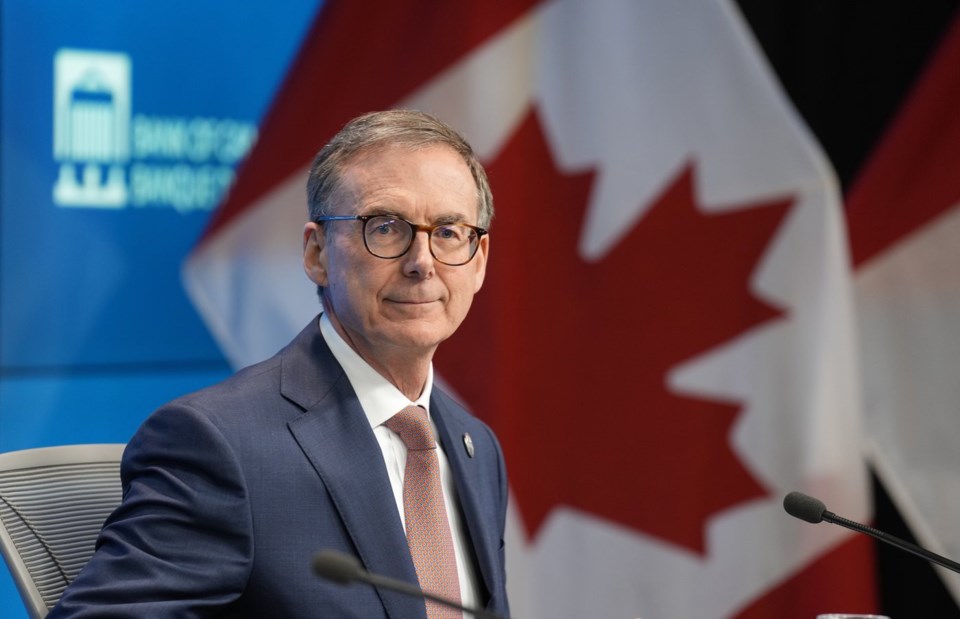Bank of Canada governor Tiff Macklem says flexibility is key as the bank prepares to review its rate-setting framework in a world undergoing an economic sea change.
Macklem on Tuesday discussed the central bank's upcoming mandate review in remarks prepared for a speech in Mexico City today as the Banco de México celebrates its 100th anniversary.
He noted that there is no suggestion the current two per cent inflation target would be considered as part of the mandate review.
The governor touched on the shift to an inflation-targeting framework in the 1990s and suggested adaptation is required to address new economic trends and global trade changes.
“Steep new U.S. tariffs and the unpredictability of U.S. policy have reduced economic efficiency and increased uncertainty,” Macklem said.
Businesses in both Mexico and Canada — the countries that are the biggest U.S. trading partners — are affected and looking for new suppliers and new markets, he added.
“Headwinds that limit supply could mean more upward pressure on inflation going forward. And more frequent supply shocks could mean more variability in inflation,” he said.
As the Bank of Canada gears up for the 2026 mandate review, the governor said the committee is looking at three broad sets of questions to better manage uncertainty.
The central bank will be assessing how it can use "flexibility in the framework" to face supply shocks.
The Bank of Canada will be looking into the implications of supply shocks on inflation and the economy, and how the monetary policy should respond to those situations.
Next, Macklem said the central bank will review the best indicators to measure core inflation.
"At the Bank of Canada, we’ve used various measures of core inflation over the past few decades. And in practice, we often use an even broader range of indicators to assess underlying inflation," he said. "Going forward, what’s the best approach — narrow or broad — and what are the best indicators?"
The bank will also look into the interaction between monetary policy, housing affordability and inflation — and the demand for housing, which heavily depends on interest rates.
Housing remains a big part of the consumer price index in Canada, and housing costs affect inflation, Macklem said.
"Therefore, it’s worth examining how monetary policy affects housing sector dynamics, and how best to factor housing affordability into our focus on overall price stability," he said.
The central bank won't revise its inflation target of two per cent — which has been in place for at least three decades — he said.
"The 2022 spike in inflation was a painful reminder of just how much Canadians don’t like high inflation."
"We also know that Canadians generally understand and support the two per cent target. That familiarity has helped anchor inflation expectations through thick and thin, including through the pandemic crisis."
This report by The Canadian Press was first published Aug. 26, 2025.
Ritika Dubey, The Canadian Press



